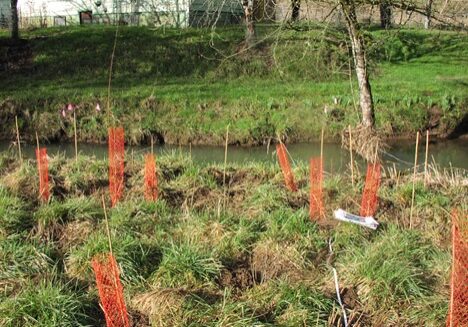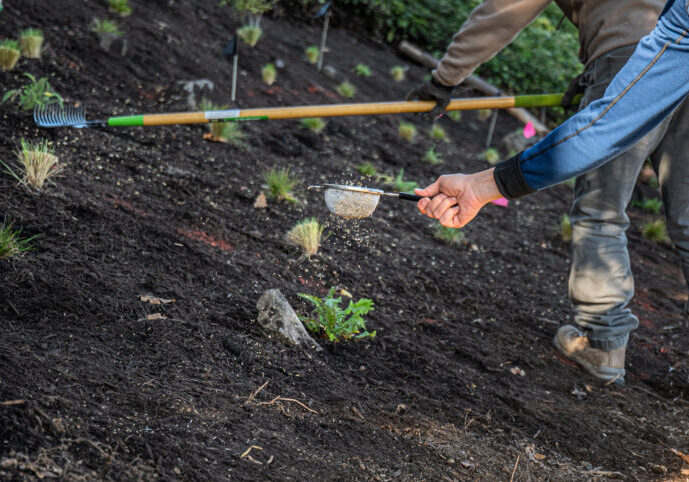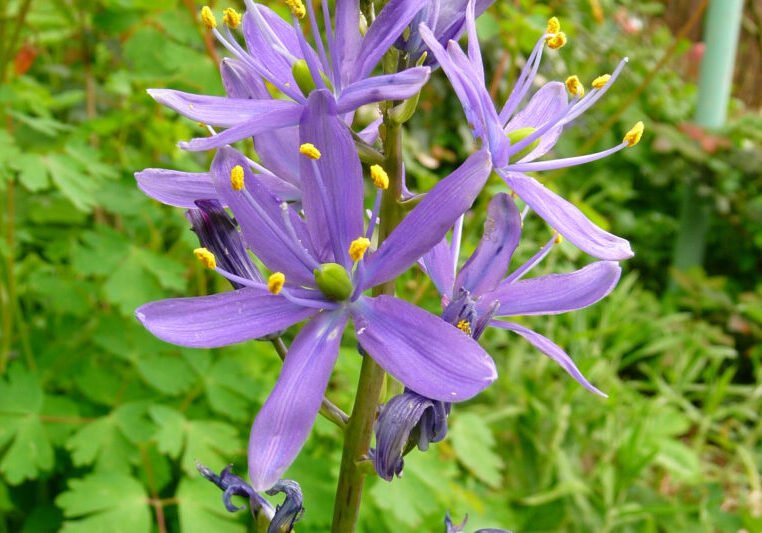Conservation Planning
Services
How can a conservation plan help me?
-
Save time and money
Putting a conservation plan into action can save you money. Doing so can also help make your efforts more efficient over time as your land becomes more productive and nagging problems are resolved.
-
Property value
Improvements completed under a plan—whether they be a compost facility for your horse manure, a buffer of native trees along your stream, or a more resilient forest—can also increase your property’s value.
Learn more about our Streams & Wetlands services -
Improve health
You can improve the health of your animals and your soil, increase yields from crop and pasture, and protect desirable trees and other plants by removing invasive weeds.
-
Regulations
Having a conservation plan in place may help your operation meet regulatory requirements and pave the way for future restoration funding and protection.
-
It's rewarding!
Finally, it’s educational and fun to learn more about your land and its potential! It’s rewarding to deepen your relationship with the land and know that you are improving it for yourself, your animal community, and future generations.
How are conservation plans created?
We work with interested and eligible property owners and land managers to create a customized plan that meets their vision for their land. Our plans take into consideration the landowner’s ability to work on conservation projects.
Plans include guidance tailored to each property:
-
Site-specific information gathered by our conservation staff
-
Natural resource problems and opportunities on the property and surrounding landscape
-
Site maps of relevant resource features
-
Recommended conservation actions
-
A timeline for completing conservation actions
-
Resources to help implement recommended conservation actions
Conservation plans are provided free-of-charge, and are available for properties one acre or larger in size, on a priority basisPriority basis Larger properties, those that include neighboring properties, and those with high priority habitats and land-uses, as well as others that meet West Multnomah SWCD’s current strategic goals, are prioritized..
How does conservation planning work?
Learn more about the planning process we use when working on large-scale plans with our federal partner, U.S. Department of Agriculture Natural Resources Conservation Service.
Need a plan for your land?
Find out if you're in our service area.
Staff contact
Kammy Kern-Korot
Senior Conservationist
Contact me about:
Oregon oak, savanna, wetlands and riparianRiparian areas The land alongside a stream, creek, river, or floodplain habitats; Emerald Ash and Mediterranean Oak Borers; conservation planning and native plantings for pollinators and other wildlife on rural lands.Ariana Scipioni
Urban Conservationist
Contact me about:
urban heat islands, community gardens, increasing habitat connectivityConnectivity the degree to which patches of landscape are connected, either helping or impeding animal movement and other ecological processes like the flow of water or dispersal of seeds, Beaver, Northern Red-legged Frogs, Northwestern Pond Turtle, invasive reptiles and mammals, and Partner grants.Scott Gall
Farm & Soil Conservationist
Contact me about:
Soil health; Farms and livestock; Equity and inclusionMichelle Delepine
Conservationist & Invasive Species Program Coordinator
Contact me about:
Invasive speciesLaura Taylor
Forest Conservationist
Contact me about:
Forest and woodland health; Wildfire risk in rural forests; Plants; Pollinators.

